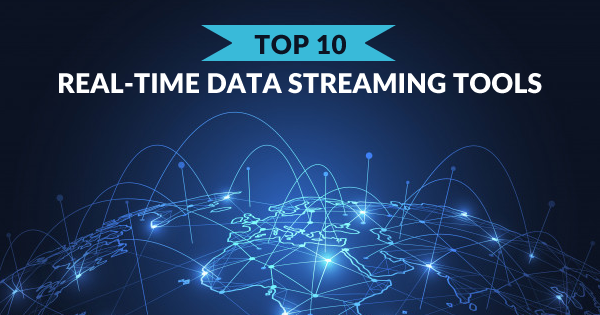Understanding Cloud-Native Applications
In the rapidly evolving world of software development, cloud-native applications have emerged as a transformative approach. This paradigm shift is driven by the need for agility, scalability, and efficiency in deploying and managing software. This article delves into what cloud-native applications are, their core characteristics, and the benefits they offer to modern enterprises.
What Are Cloud-Native Applications?
Cloud-native applications are designed specifically to run in cloud environments. Unlike traditional applications that are often modified to run in the cloud, cloud-native applications are built from the ground up to leverage the cloud’s capabilities. They are typically developed using microservices, containerization, and continuous delivery practices. The primary goal is to maximize the advantages of cloud infrastructure, such as elastic scalability and fault tolerance.
Core Characteristics of Cloud-Native Applications
One of the defining features of cloud-native applications is their use of microservices architecture. In this approach, an application is broken down into smaller, loosely coupled services. Each microservice performs a specific function and communicates with other services through well-defined APIs. This modular design allows for more straightforward updates and scaling, as individual services can be modified or scaled independently.
Another critical aspect is containerization. Containers package an application and its dependencies into a single, lightweight unit that can run consistently across various environments. This encapsulation simplifies deployment and enhances portability, enabling applications to be moved seamlessly between different cloud providers or between on-premises and cloud environments.
Additionally, cloud-native applications embrace continuous integration and continuous deployment (CI/CD) practices. CI/CD pipelines automate the process of integrating code changes and deploying them to production. This automation accelerates the development cycle, reduces the risk of human error, and ensures that updates can be delivered more frequently and reliably.
Benefits of Cloud-Native Applications
The adoption of cloud-native applications brings several significant advantages. One of the foremost benefits is scalability. Cloud-native applications can automatically scale up or down based on demand, optimizing resource usage and cost. This elasticity ensures that applications can handle varying loads efficiently, providing a consistent user experience regardless of traffic fluctuations.
Another benefit is enhanced resilience. Cloud-native architectures, with their microservices and containerization, are inherently more fault-tolerant. If one microservice fails, the rest of the application can continue to function. Additionally, cloud providers offer robust disaster recovery options, further safeguarding against potential disruptions.
Cloud-native applications also support faster innovation. The modular nature of microservices and the automation of CI/CD pipelines facilitate rapid development and deployment. Teams can experiment with new features and updates without affecting the entire application, leading to quicker iterations and more frequent releases.
Furthermore, cloud-native applications enable greater operational efficiency. By leveraging cloud resources, organizations can focus on developing and managing applications rather than dealing with underlying infrastructure. Cloud providers offer a range of managed services, such as databases and messaging systems, which reduce the operational burden and allow development teams to concentrate on delivering value.
Challenges and Considerations
Despite their many benefits, cloud-native applications come with their own set of challenges. Managing microservices can be complex, requiring robust service discovery, monitoring, and orchestration solutions. Additionally, the dynamic nature of cloud environments necessitates a focus on security and compliance, as traditional security models may not be sufficient.
Organizations also need to consider the costs associated with cloud-native development. While cloud resources offer flexibility, they can also lead to unpredictable expenses if not managed carefully. Implementing effective cost management practices and monitoring usage are essential to ensure that the benefits outweigh the costs.
Conclusion
Cloud-native applications represent a significant advancement in software development, offering enhanced scalability, resilience, and efficiency. By leveraging microservices, containerization, and CI/CD practices, these applications are well-suited to meet the demands of modern enterprises. However, navigating the complexities and costs associated with cloud-native development requires careful planning and management. As cloud technology continues to evolve, embracing cloud-native principles will likely remain a key strategy for organizations seeking to stay competitive in the digital landscape.





